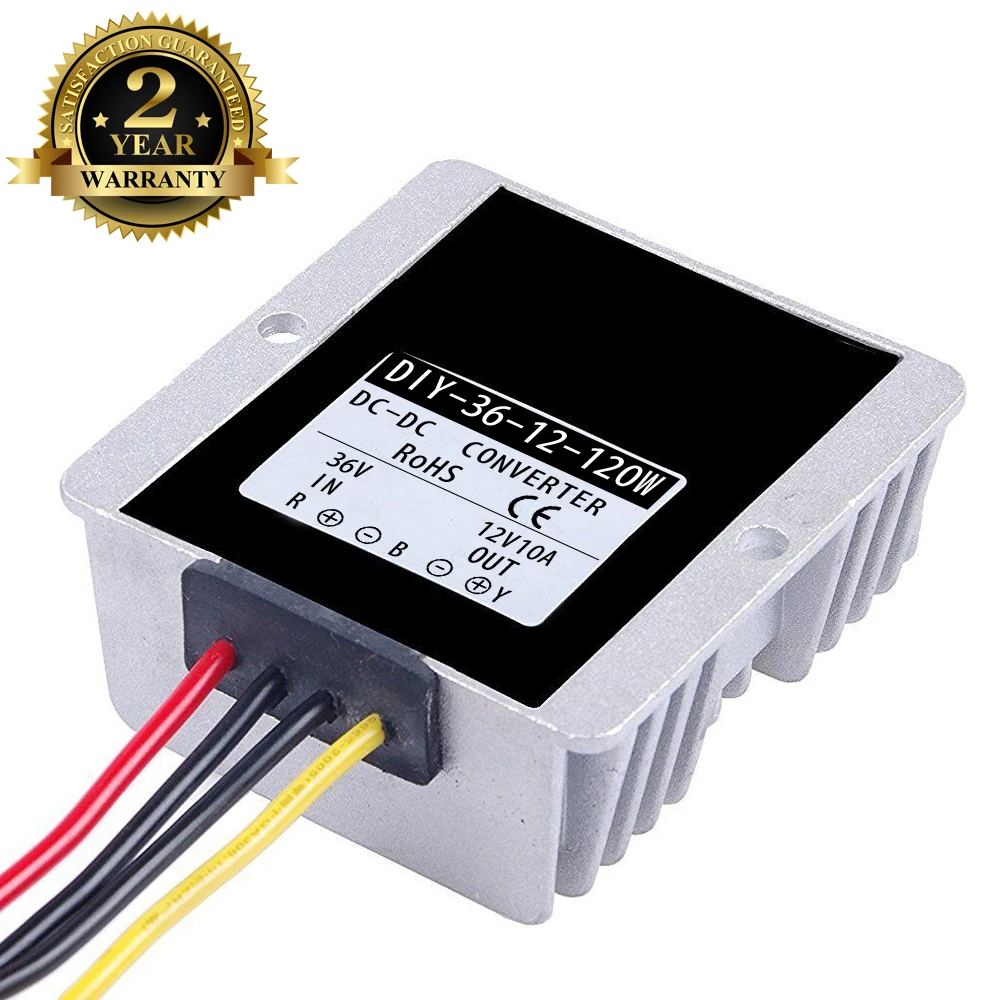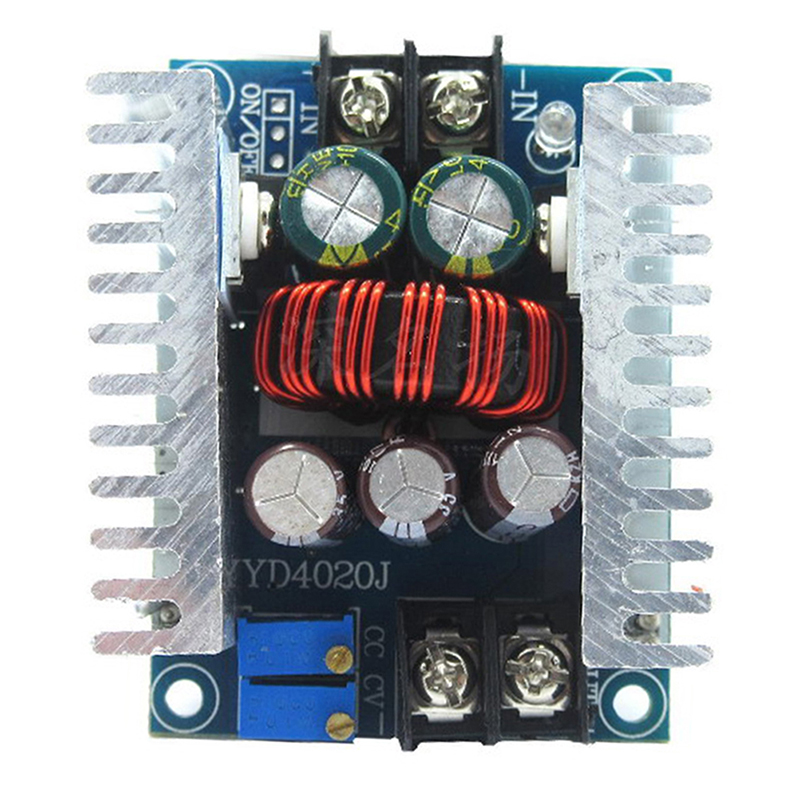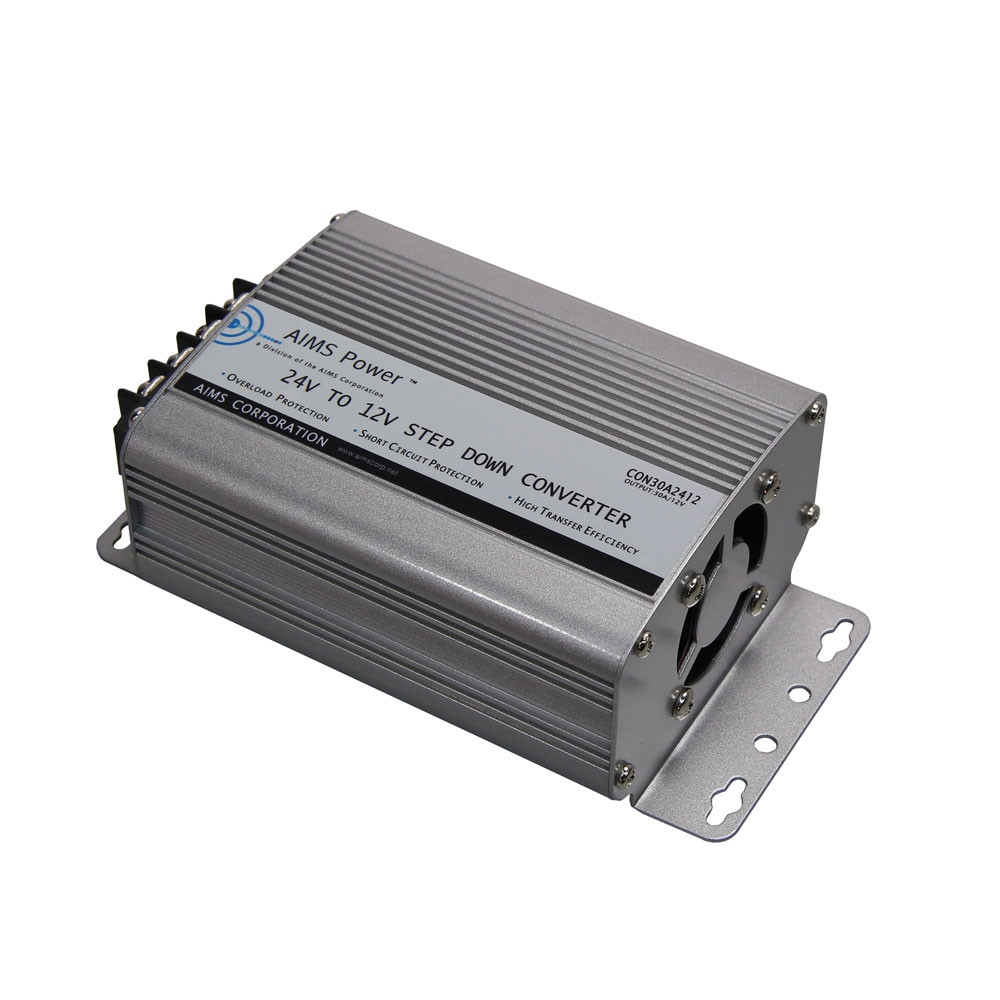


Where DC to DC Converter is UsedĭC to DC converters are used in portable electronic devices such as cellular phones and laptop computers, which are supplied with power from batteries primarily. It is a type of electric power converter. What is DC to DC converterĪ DC-to-DC converter is an electronic circuit or electromechanical device that converts a source of direct current (DC) from one voltage level to another. However, they are suitable for low-voltage applications … and are actually more ubiquitous in industrial applications.This article consists of a simple DC to DC converter circuit diagram and working of it. While these converters are less expensive, they produce more noise and aren’t suitable for high voltages. Non-isolated converters store energy using inductors and capacitors. These converters perform the same function as buck-boost converters … but have the advantage of generating output voltage with non-reversed polarity.Īll these dc/dc converters comprise slightly varying components to execute what’s essentially non-isolated power conversion - because the output terminals share a common ground so aren’t electrically separated. Single-ended primary-ind uctor converter or SEPIC: This is basically a boost converter preceding a buck-boost converter.


One is the so-called optimum topology converter or Ćuk converter (named after inventor Slobodan Ćuk) capable of zero-ripple current as well. In fact, other variations of these converters abound. Buck-boost converters can also reverse the voltage’s polarity. In other words, these dual-purpose converters can act as buck or boost converters - though not simultaneously. The output voltage maintains the input’s polarity.īuck-boost converters: Buck-boost converters can increase or reduce voltage levels. Also called step-up converters, these receive some voltage and boost it to a higher magnitude at the output. The polarity of the voltage at the output matches that of the input.īoost converters: These converters perform the opposite function of their buck counterparts. For example, a buck converter can supply 5 V from a 12-V input. The most common taxonomy for classifying dc/dc converter groups them according to the voltage change (or increase or decrease) the component performs … for dc-to-dc converter categories as follows.īuck converters: Also known as step down converters, buck converters step down voltage to generate a lower voltage at output than what’s input.


 0 kommentar(er)
0 kommentar(er)
